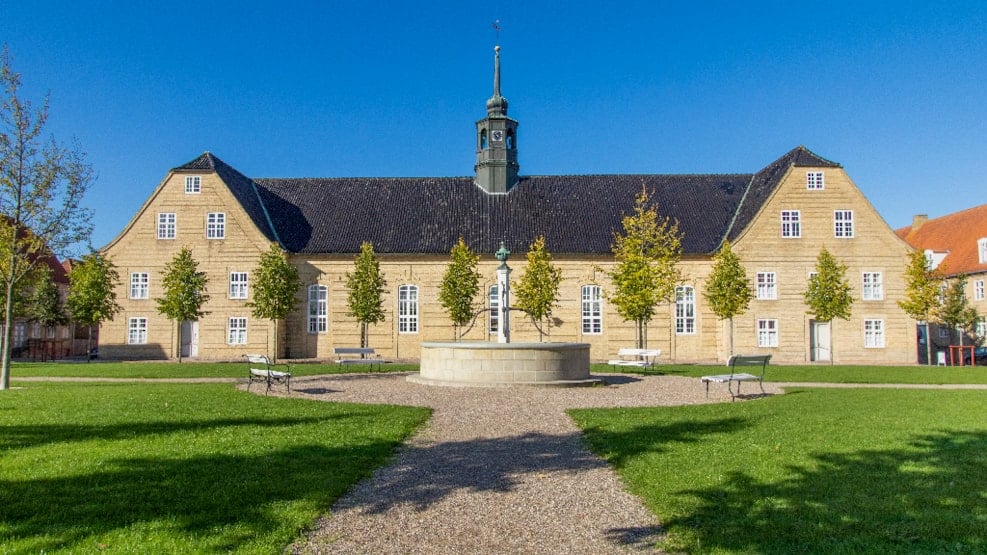
Christiansfeld: Faith in an ideal city
In 1768, Christian VII set out on a major European journey. Along the way, the king and his entourage visited the Brethren town of Zeist in the Netherlands.
In 1771, the brother congregation was invited to settle in Southern Jutland.
The purpose was an early form of regional development. The enterprising Brødremenighed was supposed to promote craft, trade and industry in the region. In 1773, the construction of the city began on a bare field. And the congregation quickly showed why they had a reputation for diligence, order and virtue. In the course of 10 years, they erected the city's central buildings and in 1800 the entire city was finished.
The Brethren had a dream. They wanted to create an ideal city. A city which would promote the social order they wanted. They have pursued the dream all over the world, where the Brethren have created 30 cities based on these ideals. For example in Herrnhut in Germany and Bethlehem in the USA. But you can see the best-preserved town in Christiansfeld. The church is located in the centre, and the city's two main streets run parallel, so they frame Kirkepladsen. Symmetry and rigor characterize the city. In the center are the buildings for the choirs in which the congregation was organized according to gender, family status and age. Unmarried brothers lived in one common choir house, unmarried sisters in another. Only when a couple entered into marriage could they move out of the choir houses and into their own residence.
In many ways, the religious community was way ahead of their time. They believed in teaching more than dry beatings in the children's development. They arranged living and working communities for the single, widowed and unmarried. They put the community above the individual and created a society based on welfare, learning and equality – a kind of welfare society, just a few hundred years before the term was invented.
Where the Danes lived in half-timbered houses with rammed clay floors, the Brethren built houses with solid foundations and solid walls – durable houses that are still standing.
The Brethren's influence in the country would probably have been greater if it had not been for the war in 1864. With the loss of Schleswig, Christiansfeld ended up on the German side of the border and entered a phase of stagnation.
The Brethren still exists. The congregation has 400 members in Denmark. Of these, 150 live in Christiansfeld.
Look into Søsterhuset and see museum Kolding's exhibitions. See how a choir house is arranged. Imagine the sisters working in the individual rooms. Go on a guided tour and listen
the whole story of how a community of believers created a city with a plan so significant that the city made it onto Unesco's World Heritage List.